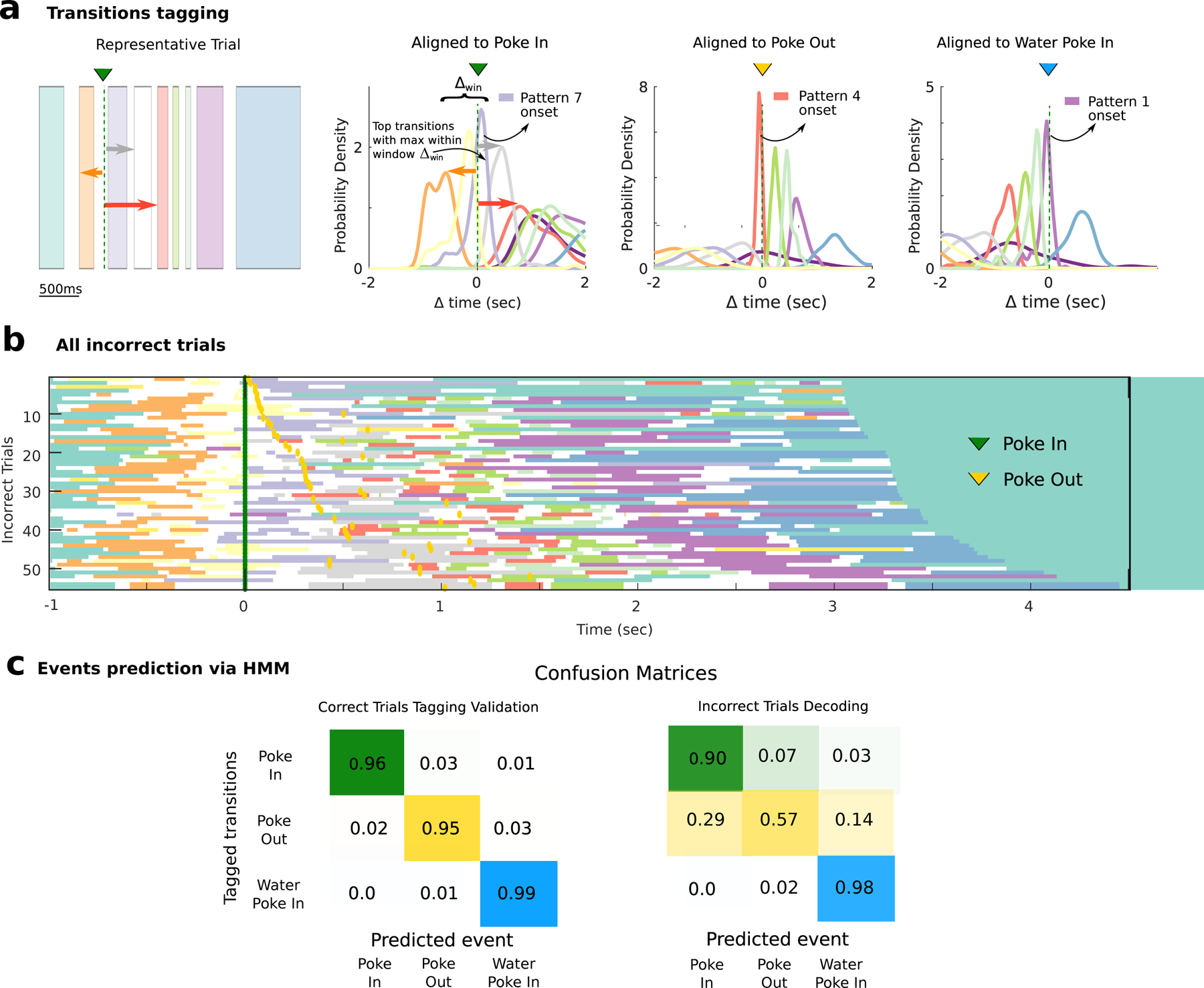Figure 4: Predicting self-initiated actions from neural pattern onsets.

a) Schematic of pattern/action dictionary. Left: For each action in a correct trial (left: representative trial from Fig. 1d), pattern onsets are aligned to that action (Poke In in this example). The pattern whose median onset occurs within an interval Δwin = [−0.5, 0.1] s aligned to the action, and whose distribution has the smallest dispersion, is tagged to that action (color-coded curves are distributions of action-aligned pattern onsets from all correct trials in the representative session in Fig. 1). b) In incorrect trials (55 trials from the same representative session; time t = 0 aligned to Poke In), the same patterns as in correct trials are detected (cf. Fig. 1e), but they concatenate in different sequences. c) Predicting self-initiated actions from pattern onsets. Left panel: In correct trials (split into training and test sets), using a pattern-action dictionary established on the training set (procedure in panel a), action onsets are predicted on test trials (confusion matrix: cross validated prediction accuracy averaged across 33 sessions; hits: correct action predicted within an interval of [−0.1, 0.5] s aligned to pattern onset). Right panel: In incorrect trials, actions onsets are predicted based on the cross-validated dictionary established in correct trials.
